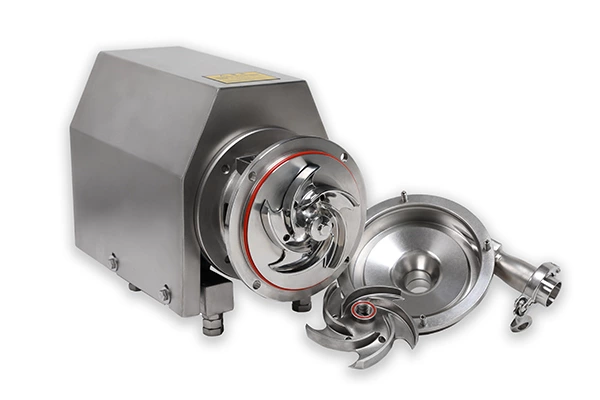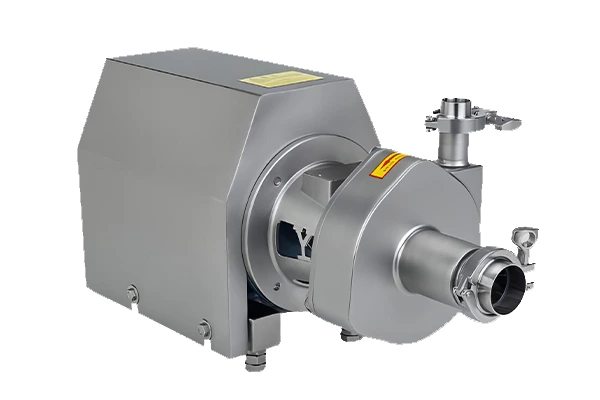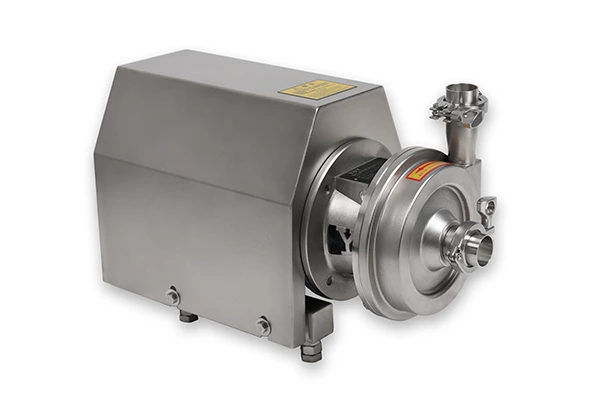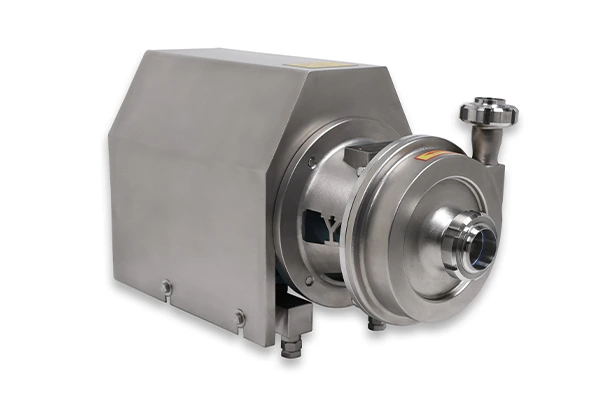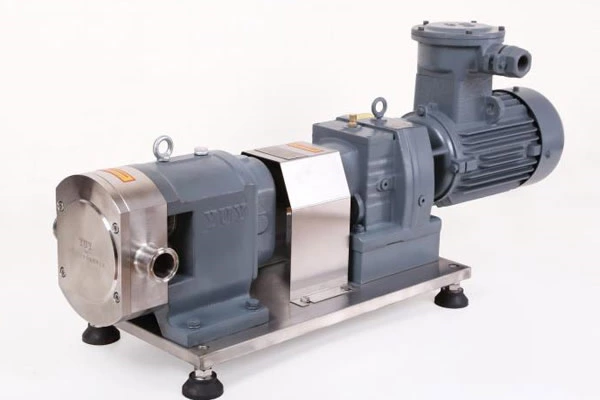Solutions To Common Troubleshooting Of Sanitary Centrifugal Pumps
Sanitary Centrifugal Pump, the pump uses the rotation of the eccentric single-helix screw in the double-helix bushing to push the thick slurry along the spiral groove from the suction port to the discharge port to realize the pump's conveying function.
Common faults of sanitary centrifugal pumps
1. The pump does not absorb oil
2. The motor speed is not enough
3. The pump body vibrates violently or produces noise
Common faults of sanitary centrifugal pumps
1. Reasons for the pump not absorbing oil:
1. The suction pipeline is blocked or leaking
2. The suction height exceeds the allowable suction vacuum height
3. The motor reverses
4. The medium viscosity is too high
2. Reasons for the decrease in flow rate:
1. The suction pipeline is blocked or leaking
2. The screw and the pump sleeve are worn
3. The safety valve spring is too loose or the valve disc is not in close contact with the valve seat
4. The motor speed is not enough
3. The pump body vibrates violently or produces noise:
Causes: The water pump is not installed firmly or the water pump is installed too high; the motor ball bearing is damaged; the water pump main shaft is bent or is not concentric or parallel to the motor main shaft, etc.
Treatment method: Install the water pump steadily or lower the installation height of the water pump; replace the motor ball bearing; correct the bent water pump main shaft or adjust the relative position of the water pump and the motor.
4. Reasons for large oil leakage of mechanical seal:
1. Wrong assembly position
2. The sealing cover is not flattened
3. The dynamic ring or static ring sealing surface is bruised
4. The dynamic ring or static ring sealing ring is damaged
5. Overheating of the drive shaft or motor bearing:
Cause: lack of lubricating oil or bearing rupture, etc.
Treatment method: Add lubricating oil or replace the bearing.
